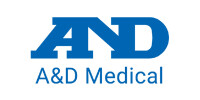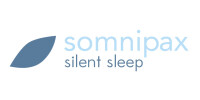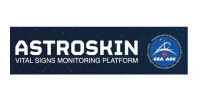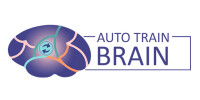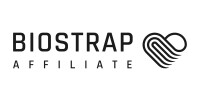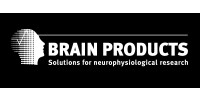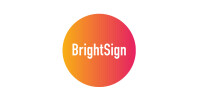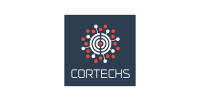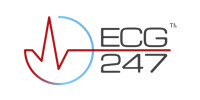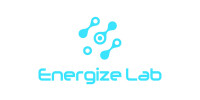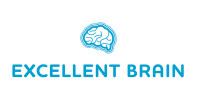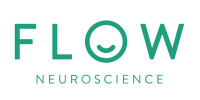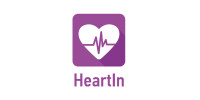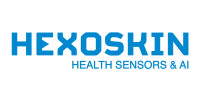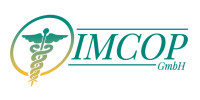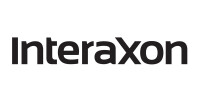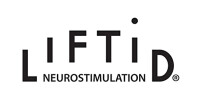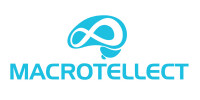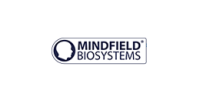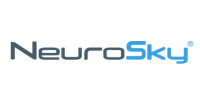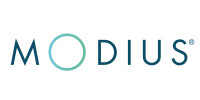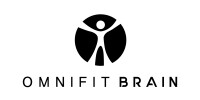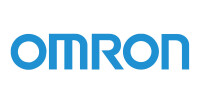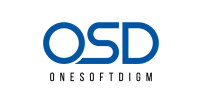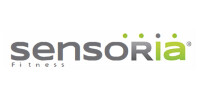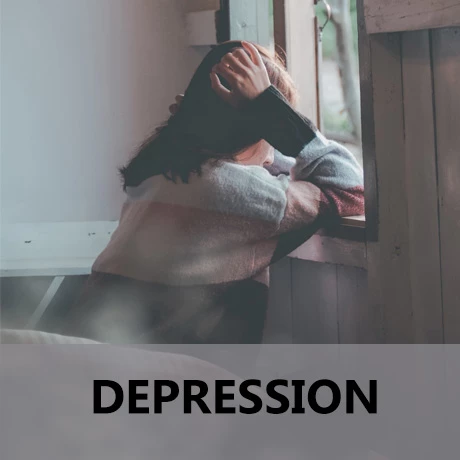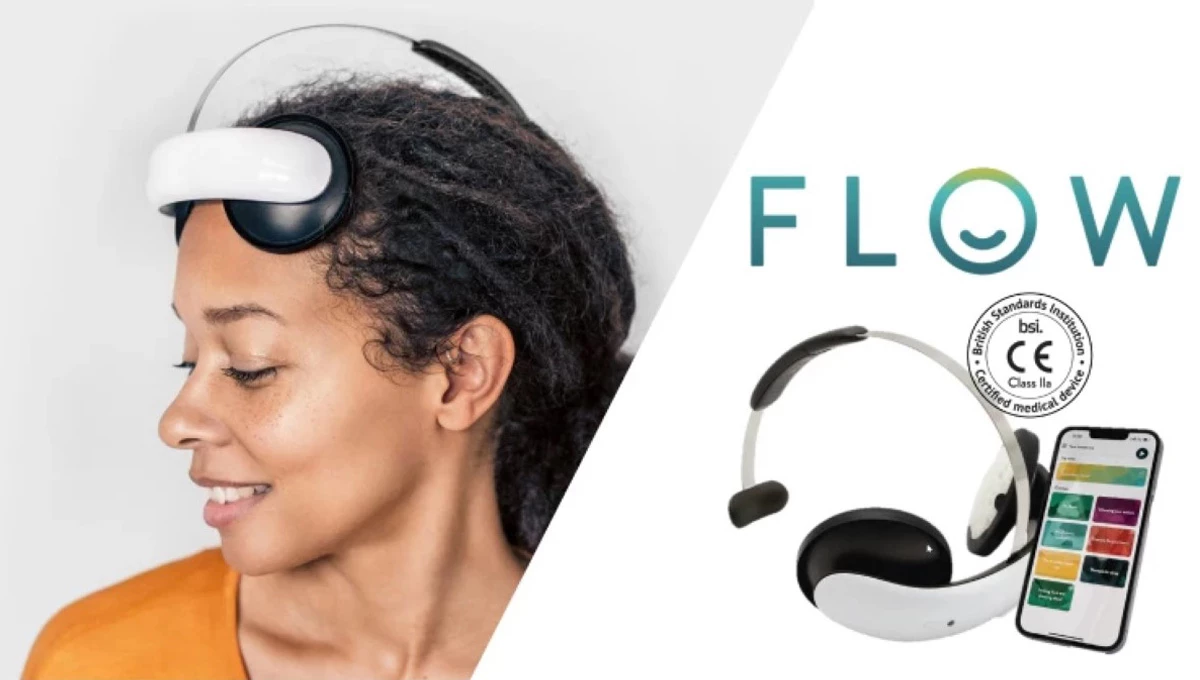Recognizing and successfully treating depression
What is depression?
In the context of mental health, depression refers to a persistent and intense feeling of sadness, hopelessness, and disinterest in activities that were once enjoyable. It can also include physical symptoms such as fatigue, trouble sleeping, and changes in appetite. Depression is a common and treatable mental illness that can significantly impact a person's quality of life if left untreated.
What are the hallmarks of depression?
The hallmarks of depression include
-
Persistent feelings of sadness, hopelessness, or emptiness
-
Loss of interest or pleasure in activities that were once enjoyable
-
Aappetite and weightchanges
-
Sleep disorders
-
Fatigue and lack of energy
-
Difficulty concentrating and indecisiveness
-
Feelings of worthlessness or guilt
-
recurring thoughts of suicideor suicide.
These symptoms must last at least two weeks and significantly interfere with daily functioning to be diagnosed as depression.
It's worth noting that not all individuals with depression have all of these symptoms and may have some additional symptoms not mentioned here.
When should I see a doctor?
If more than 3 factors of this type are present, a doctor should be consulted.
They can check whether depression is present and discuss further steps.
What are the causes of depression?
The causes of depression are not fully understood, but they likely involve a combination of genetic, biological, environmental, and psychological factors. Some possible causes of depression can be:
-
Genetics: Depression can run in families, suggesting there may be a genetic component.
-
Brain chemistry: Imbalances in certain neurotransmitters in the brain, such as serotonin, can contribute to depression.
-
Hormonal changes: Changes in hormone levels, e.g. B. during pregnancy or menopause, can contribute to depression.
-
Environmental Factors: Stressful life events, such as the loss of a loved one or financial difficulties, can contribute to depression.
-
Disorders: Certain medical conditions, such as chronic pain or thyroid disease, can contribute to depression.
-
Substance abuse: Substance abuse, such as alcohol or drug use, can contribute to depression.
-
Personality: Certain personality traits, such as low self-esteem or pessimism, can make a person more prone to depression.
It is important to note that depression can be caused by a combination of these factors and not everyone who experiences these factors will develop depression.
What remedies are there for depression?
There are several remedies for depression, and the appropriate treatment depends on the severity of the symptoms and individual factors such as age, general health, and personal preferences. Some common remedies for depression are:
- Psychotherapy: Also known as talk therapy, psychotherapy involves meeting with a psychologist to discuss thoughts, feelings, and behaviors that may be contributing to depression.
- Medications: Antidepressants are commonly used to treat depression. These drugs work by altering the levels of certain neurotransmitters in the brain involved in mood regulation
- Neurostimulation therapies: Neurostimulation therapies such as TMS and VNS can be used to treat depression.
- Lifestyle changes: Regular exercise, a healthy diet, and getting enough sleep can help improve symptoms of depression.
- Support Groups: Support groups provide a safe space for people living with depression to connect with others who are facing similar issues.
It is important to note that depression is a complex condition and there is no one-size-fits-all solution. It is best to consult a doctor to determine the most appropriate remedy for a person's specific situation.
What exactly is neurostimulation and how does it work?
Neurostimulation is a form of therapy that uses electrical or magnetic impulses to modulate the activity of the nervous system. It is a non-invasive method of treating various neurological and psychiatric disorders such as depression, chronic pain and epilepsy.
The most common forms of neurostimulation include:
Rankranial Magnetic Stimulation (TMS): TMS uses a magnetic field to stimulate nerve cells in the brain. The magnetic pulses are painless and non-invasive and can be targeted to specific regions of the brain.
Deep Brain Stimulation (DBS):
DBS is a surgical procedure in which electrodes are placed in specific regions of the brain to modulate brain activity. It is most commonly used to treat movement disorders such as Parkinson's disease.
Vagus nerve stimulation (VNS):
VNS involves implanting a small device that stimulates the vagus nerve, which is a nerve that connects the brain to the rest of the body. VNS is used to treat various conditions such as depression, epilepsy and chronic pain.
Neurostimulation works by modulating the activity of the nervous system, which can have a therapeutic effect on certain neurological and psychiatric disorders. The exact mechanisms by which neurostimulation works are not fully understood, but are thought to involve modulation of neurotransmitters, stimulation of neural circuits, and alteration of brain activity patterns.
How can neurostimulation help with depression?
Neurostimulation can help with depression by modulating the activity of certain neural circuits in the brain involved in regulating mood. In particular, transcranial magnetic stimulation (TMS) and vagus nerve stimulation (VNS) have been shown to be effective in treating depression.
Transcranial Magnetic Stimulation (TMS)
TMS uses a magnetic field to stimulate nerve cells in the brain, which can alter the activity of neural circuits involved in mood regulation. The magnetic impulses are aimed at specific regions of the brain, such as the prefrontal cortex, an area that has been shown to be underactive in people with depression.
Vagus nerve stimulation (VNS)
VNS involves implanting a small device that stimulates the vagus nerve, which is a nerve that connects the brain to the rest of the body. VNS is believed to work by altering the activity of neurotransmitters such as serotonin and norepinephrine, which are involved in regulating mood.
Both TMS and VNS have been shown to be effective in treating depression, particularly in individuals who have not responded well to other forms of treatment. So far, these treatments have only taken place in clinics and therapeutic practices.
NEW: Transcranial Magnetic Stimulation (TMS) for home use
TMS treatment has recently also become possible for private use. With the Flow from Neuroscience, a combination product designed by doctors and therapists was developed. It is an approved and certified medical device.
It combines a TMS treatment with a behavioral therapy app.
In a program lasting several weeks, the user goes through a therapy step by step, which consists of two components - TMS treatment and behavioral therapy.
This innovative solution offers depression patients an immediate tool to be able to react to the illness independently and from home.
In the past, patients felt abandoned due to the long waiting times for therapy in practices, so this is a new, helpful solution.
However, it is important to also consult a doctor in order to coordinate the treatment/therapy with him and to clarify whether this form of therapy should be used as the sole agent or as an adjunctive therapy.
What are the benefits of TNS neurostimulation?
Transcranial magnetic stimulation (TMS) is a form of neurostimulation that uses a magnetic field coil to generate electrical impulses in the brain. TMS has several potential benefits including:
- Non-Invasive: TMS is a non-invasive method that does not require surgery or intervention.
- Targeted Treatment: TMS can be used to target and stimulate specific regions of the brain for more accurate and effective treatment.
- No systemic side effects: Unlike medication, TMS usually has no systemic side effects such as nausea or dizziness.
- Less Common Side Effects: TMS tends to have fewer side effects compared to some other treatments for depression and other psychiatric disorders.
- Effective for Treatment-Resistant Cases:TMS may be effective in patients with depression or other medical conditions unresponsive to other treatments.
- Long-lasting effects: TMS can have long-lasting effects that last after treatment is complete.
It is important to note that the benefits of TMS depend on the specific technique and individual condition. It is best to consult a doctor or healthcare professional to determine the potential advantages and disadvantages of TMS neurostimulation for your particular situation.
Flow by Neuroscience - TNS neurostimulation for immediate help from home
The Flow from Neuroscience is, as already described above, a combination product (TNS treatment with behavioral therapy) developed by doctors, psychologists and neuroscientists, which enables immediate therapeutic help from home.
The Swedish product is an approved and certified medical device.
The advantages of the Flow from Neuroscience at a glance:
-
In acute cases, treatment can be started immediately at home - no long waiting times
-
It can be used as an adjunctive therapy to any other therapy
-
It is a non-invasive method (no intervention is required)
-
The application is easy to use without previous knowledge
-
It is a approved and certified medical device
-
This form of therapy has been used successfully for decades in clinical therapy against depression and the effectiveness has been proven
-
In contrast to medication, the application has no side effects
-
The treatment can have long-lasting effects, even after the treatment is finished
-
More information about Flow by Neuroscience: Flow Neuroscience
Author: Jörne Kreuder, last updated 18.10.2023

